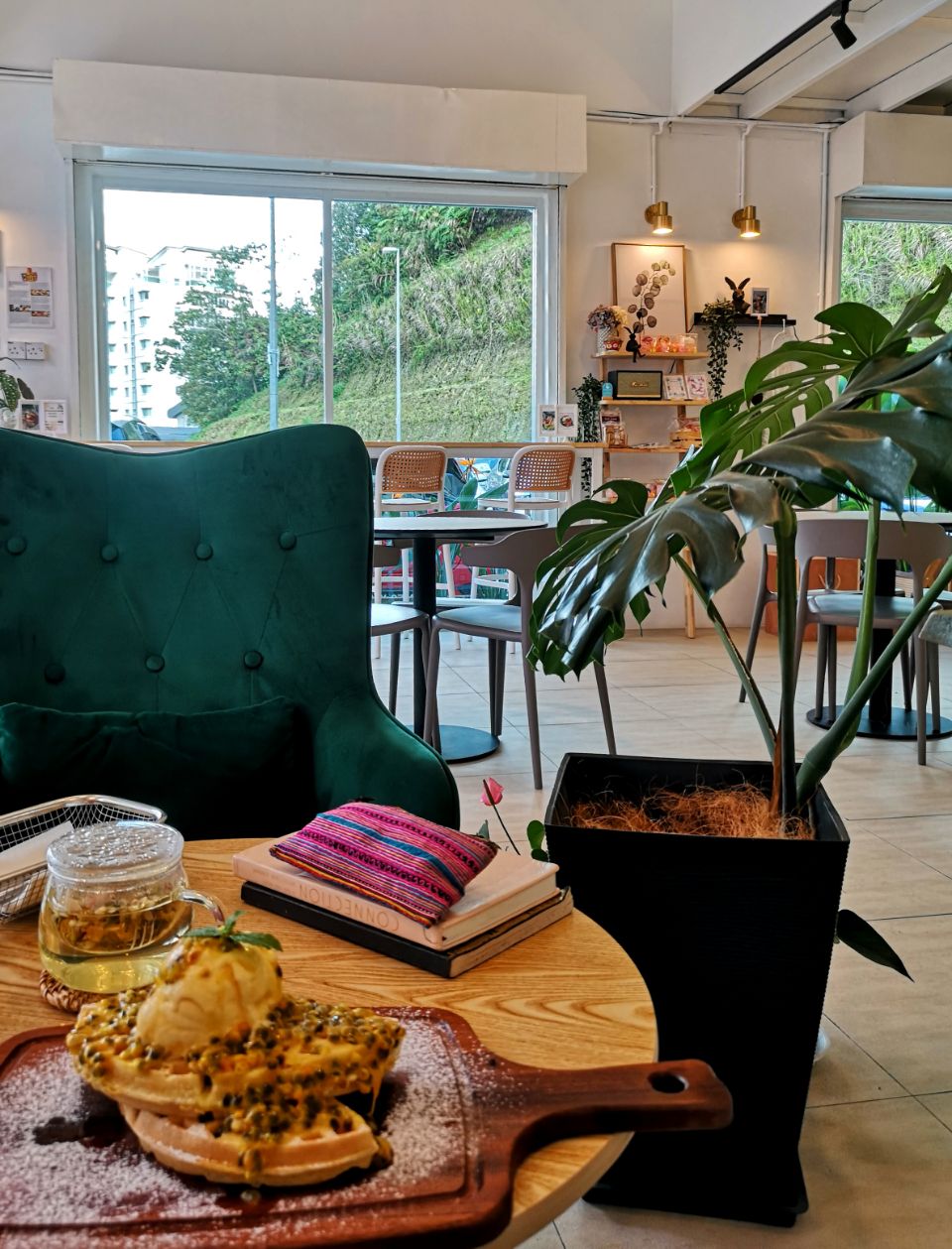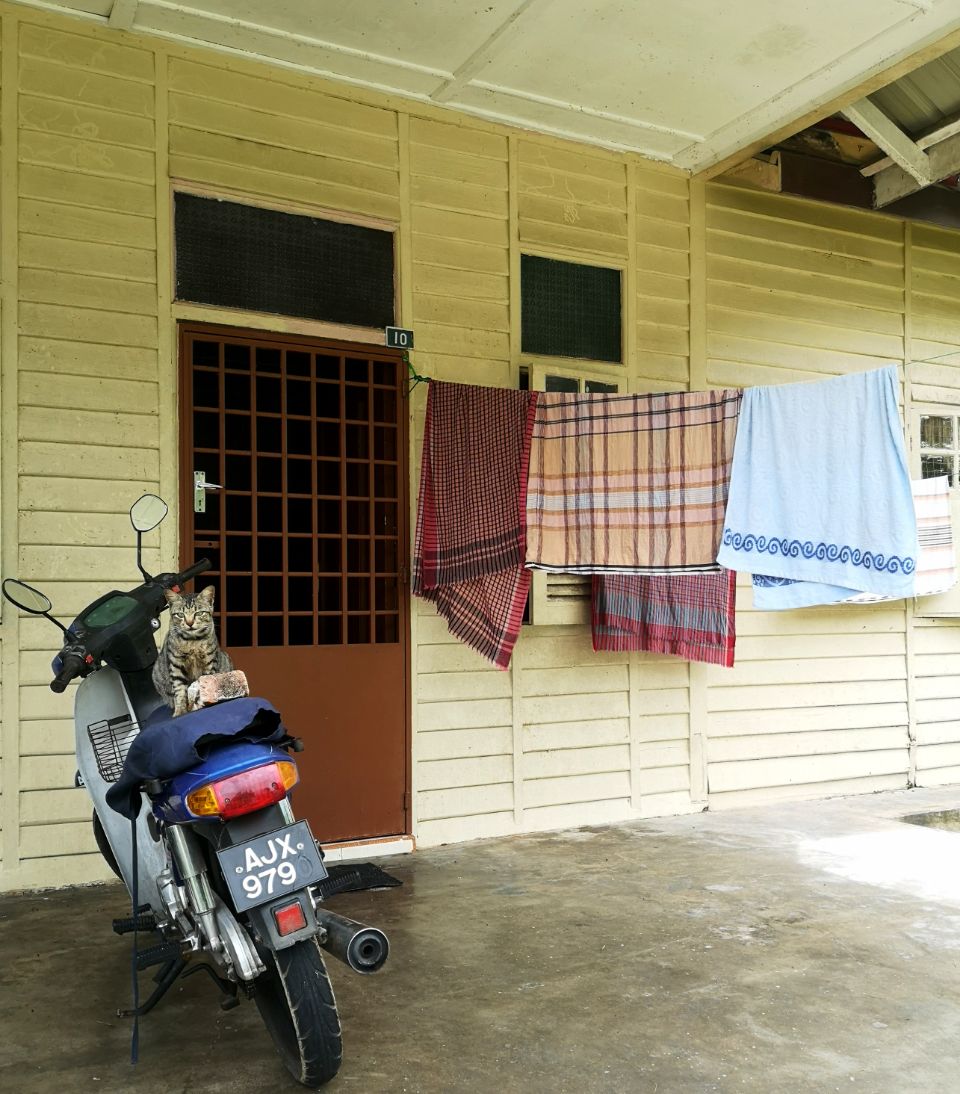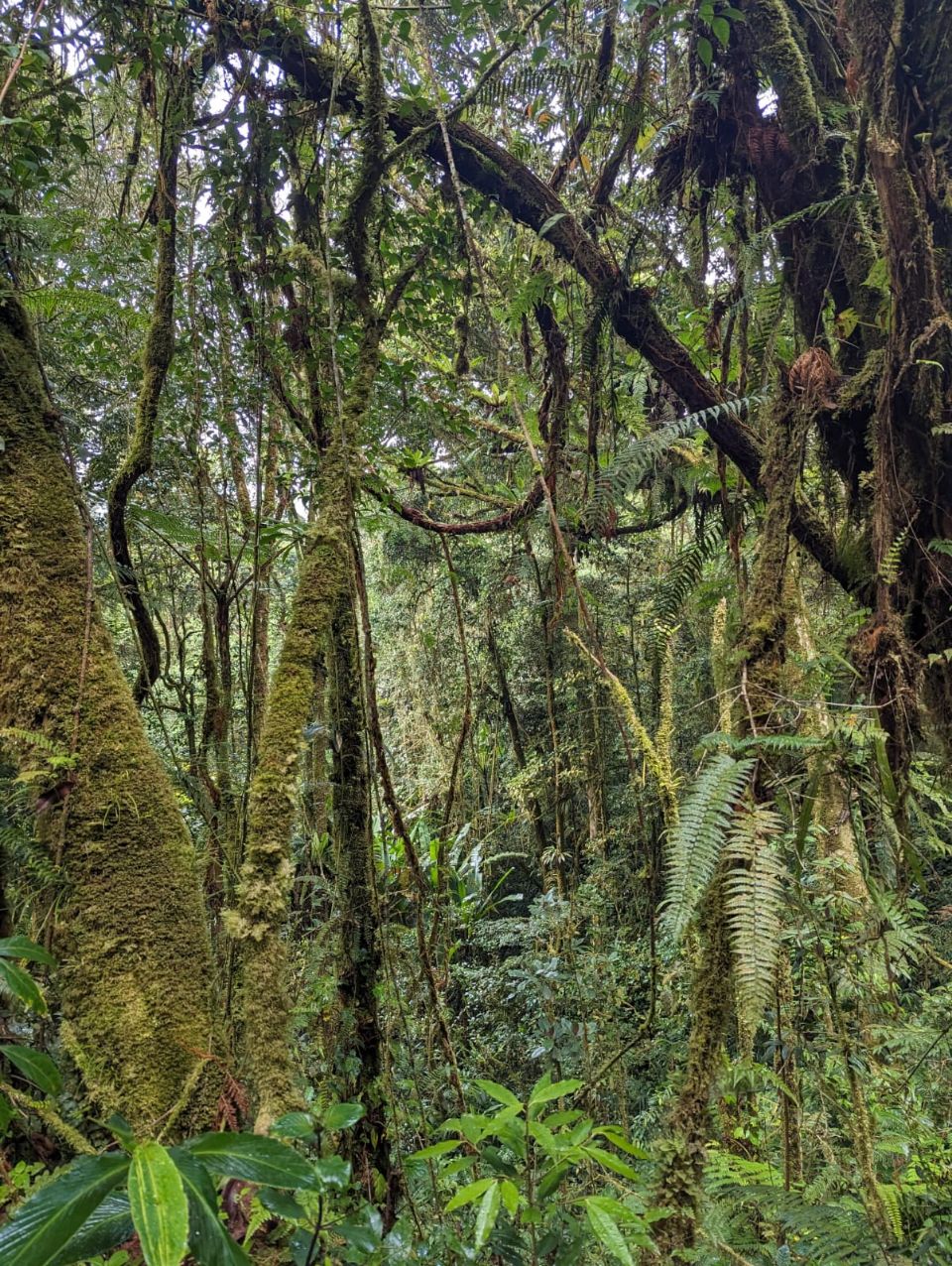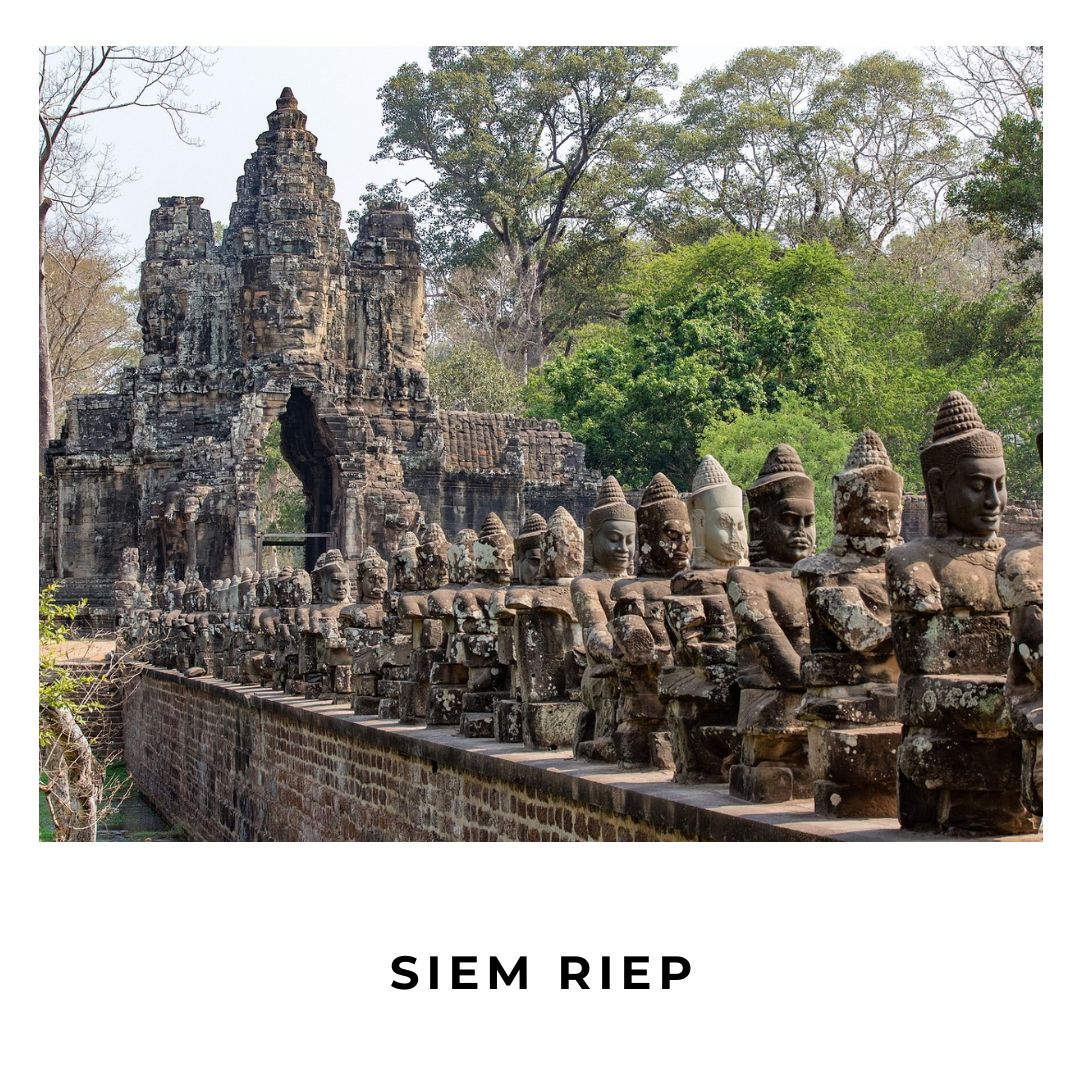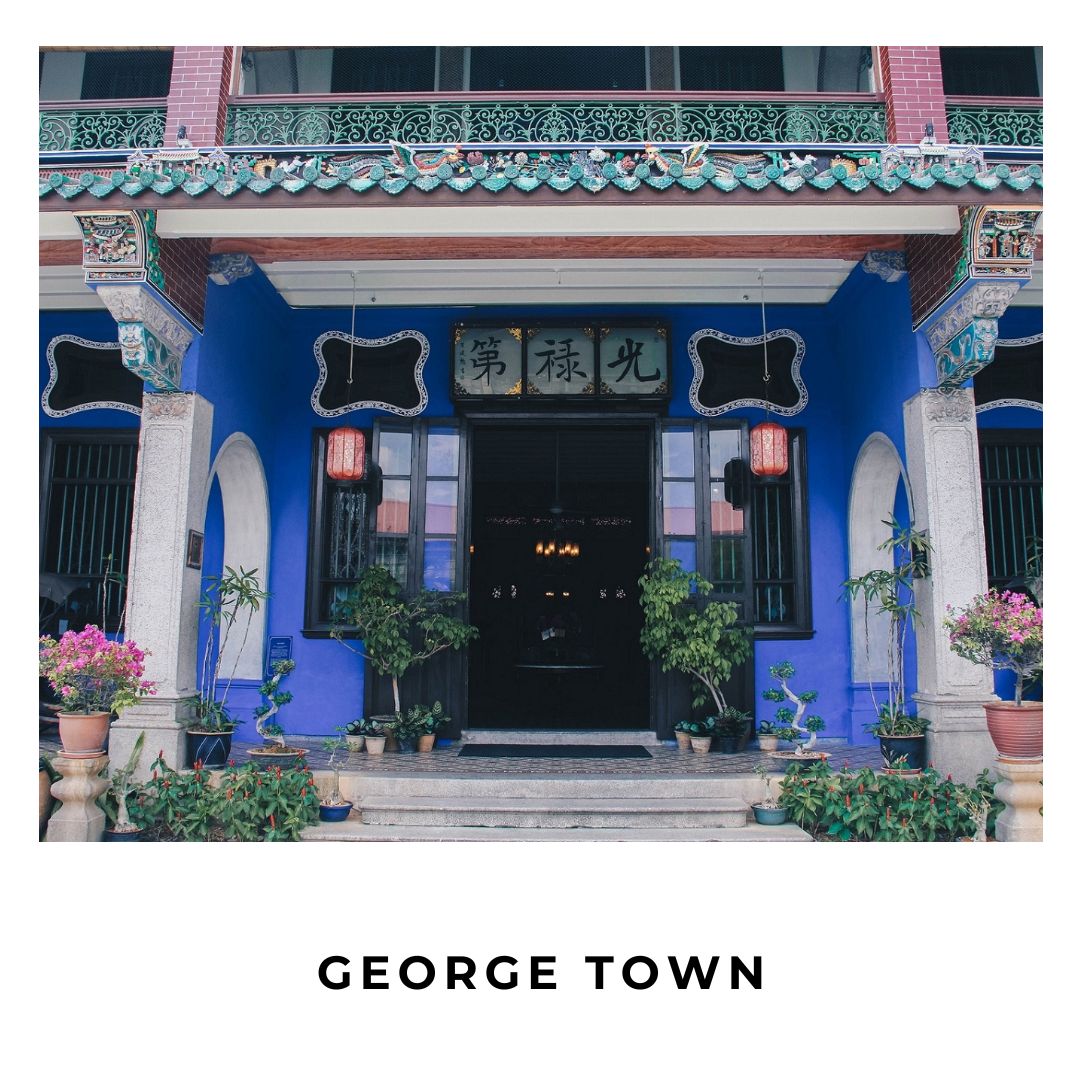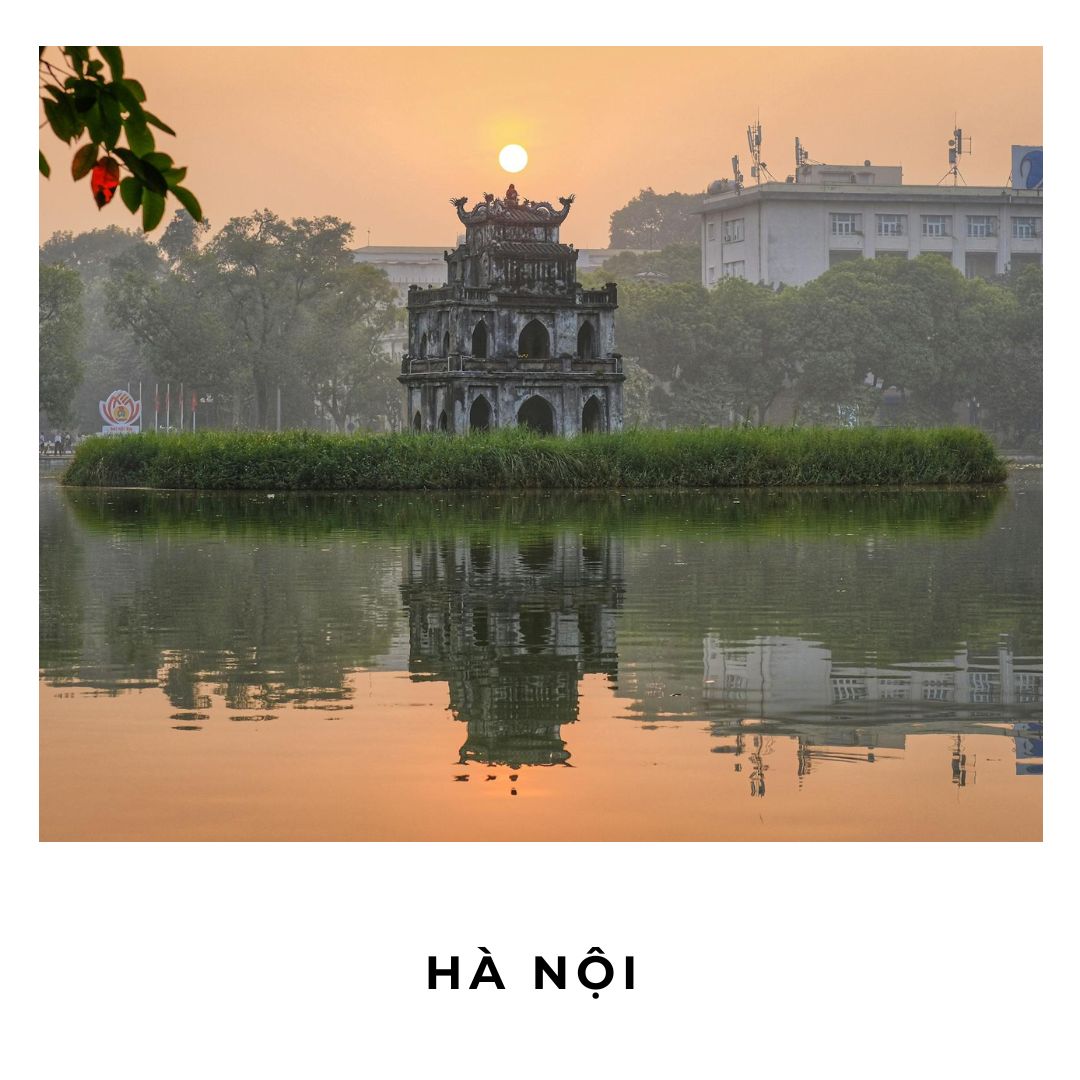Reflections over black tea
CAMERON HIGHLANDS | MALAYSIA
“Tea production is one meticulous art, as it relies solely on picking the upper 3 leaves of a bush for green tea, and the smallest sprout for white tea (…) and the payment per kilo of leaves is around 35 cents (taking 5 kilos to produce 1 kilogram of fine tea!) (…) it does strike me how a business evaluated in the billions (…) can get away with paying its employees a salary measured cent by cent”
Known as the giant green carpet of Malaysia, the Cameron Highlands is a dream destination for tea lovers. If Sri Lanka is the heart of the Lipton empire, the valleys of this part of Malaysia account for the entire production of 2 well established tea growers, Boh and Bharat. Their beautiful undulating fields may be found just a few minutes driving from the main town’s centre, Tanah Rata, stretching as far as the limits of dense jungle allow.
Boh is an example of how colonial times continue to benefit the occupiers to this day. Founded by John A. Russell during the British presence in (then) Malaya, his land concession grew to be the oldest and largest tea producer in Southeast Asia. Bharat, on the other hand, is the result of the efforts of a young Indian immigrant, Shuparshad B. Agarwal, who moved to the country before turning 18 and, after decades of hard work in a shop and many savings later, was able to acquire land from the British Government. Now the 4th generation continues the family well-earned legacy.
Unfortunately, the Cameron Highlands might not be such a benevolent destination for the harvesters who are the very pillars of both enterprises. Tea production is one meticulous art, as it relies solely on picking the upper 3 leaves of a bush for green tea, and the smallest sprout for white tea. While modernity has infiltrated this ancient craft and, gladly, most workers have acquired some form of mechanical equipment in place of hand plucking, they are required to buy their own machinery and the payment per kilo of leaves is around 35 cents (taking 5 kilos to produce 1 kilogram of fine tea!). I’m not sure this can be considered a fair, mutually (and proportionately) beneficial agreement.
Maybe experienced pickers “can harvest over 200kg of green leaves a day”, as stated in one company’s website, leading to a decent salary for the country’s standards, but it does strike me how a business evaluated in the billions (even placing the then CEO in the Asian Forbes list) can get away with paying its employees a salary measured cent by cent. Perhaps a business can only surpass revenues with 6 zeros if many millions of workers are underpaid.
Anyway, the Cameron Highlands is also known as Malaysia’s salad bowl, given its many greenhouses that produce fruits and vegetables, strawberry farms being the most popular in a day tour’s programme. And this region is also home to the Mossy Forest! The many trees carpeted with moss and adorned by giant ferns, all under a blanket of mist, give the walking tracks a mystical aura that could as well be the backdrop of some movie thriller.
During my stay I was also fortunate to spend some time with a local family. I was trying to find the trail that led to an abundant waterfall, and accidently ended up in their back garden… yet I was met not with suspicion but 4 kind smiles! Malaysia does stand out to me as the country with the friendliest locals: there isn’t a language barrier, as English is the first idiom for many people, especially of the older generations, so it’s possible to interact beyond commercial purposes, and foster some form of connection by talking about more complex topics.
One evening, we touched upon the existent stereotypes in culturally diverse Malaysia: in a well-humoured tone, as Ayu is of Indian descend and her husband, Azri, is Malay Chinese, I was told Malay are seen as complacent (maybe due to a more privileged position in terms of allowances and permits), Chinese as very hardworking and entrepreneurial (taking after Nyonyas & Babas, the name given to businessmen from China who settled in Malaysia around the XIX century) and Indian as “somewhere in the middle”, she disclosed. Laughing, they realised their kids, Raina and Mikhail, are subject to all three of these generalised ideas! Surprisingly, there seems to be no frictions in such a multi-ethnic society, an example of how differences can coexist in a harmonious way, becoming a selling point of the country.
photo gallery
